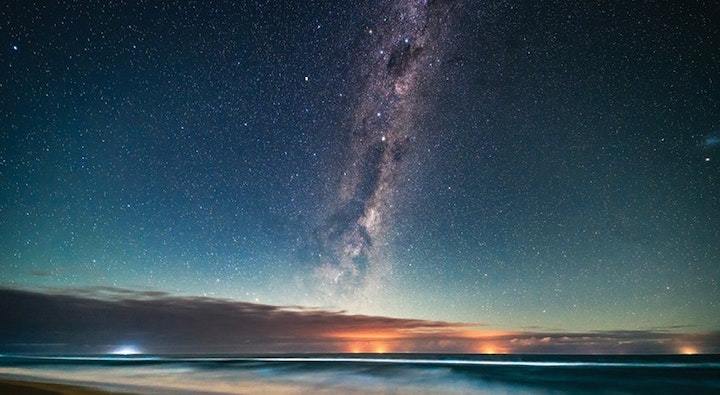10.03.2020

Our current picture of the cosmos has so far been frustratingly consistent.
It’s often said that science is self-correcting. First, a scientist presents a result, openly admitting that they may have made a mistake somewhere along the way. Next, other scientists step in to check their numbers, reproduce the experiment, or, better yet, test the conclusion via an entirely different, independent method. If all parties agree, we have a consensus, and people begin to cautiously trust the original conclusion.
It doesn’t stop there, of course – anything we think we know in science can change based on new data or analyses – but if you’re going to rank the believability of different kinds of results, those supported by more than one group in more than one way should be highest on your list.
The tricky part is when experiments disagree. Hard science should never be a matter of opinion; it’s all based on the idea that there is a right and replicable answer, and through rigorous experimentation and logical thought, we will find it. Any disagreement about some fundamental property of the natural world has to be a mistake, and if we retrace our steps carefully enough, we’ll find it.
Or, alternatively, the whole framework on which we’ve based our understanding of the experiments is wrong.
This is the dilemma we’re facing now in cosmology. It concerns what seems like a very straightforward question: How quickly is the Universe expanding?
In the last few years, it’s become clear that two of the methods previously considered to be the most precise and reliable ways to measure this have been pointing us toward different answers. In one method, we observe a large number of galaxies around us and measure how quickly they seem to be receding. The other is based on looking at the most distant light in the Universe – the cosmic microwave background – and carefully measuring the sizes of hotter and colder spots in that light to conclude something about the shape of space and the whole history of cosmic expansion.
While the galaxy method might seem far more straightforward, it’s complicated by the fact that it requires us to know the distances to those galaxies very precisely. And because we figure that out by observing stellar explosions, it requires us to have an extremely good understanding of how stars work, in a range of galactic environments.
Astronomers have always expected both methods to give us the same answer: a number called the Hubble Constant, named after the first astronomer to measure it. But as both sides get more precise data, it’s becoming clear that the answers disagree. This is sometimes called the “Hubble tension”; other times it’s called a “crisis in the cosmos”.
So, what’s the solution? It may be that one side is making a mistake in its data analysis. Or perhaps missing some important bit of astrophysical data that would lead to a different result. The only other possibility is that both measurements are essentially correct, but they’re not actually measuring the same thing, which would mean our big picture is incomplete, and the evolution of the cosmos is more complicated than we thought.
Based on the headlines, you’d think that this last possibility would be the nightmare case. It would, after all, mean that the very precise accounting we’ve made of the makeup and/or evolution of the Universe was never correct, and we’ve been missing something important all this time.
But from an astronomer’s viewpoint, it’s less of a nightmare and more of a dream come true.
Our current picture of the cosmos has so far been beautifully, frustratingly consistent with every measurement we’ve thrown at it. This so-called Concordance Cosmology has passed every observational test, painting for us a precise picture of exactly what the Universe is made of, and in what quantities. Even general relativity, a theory of gravity first written down by Einstein in 1915, has yet to show any cracks.
In science, when everything works as expected, it might be personally satisfying, but it doesn’t give you any hint as to how to make your theories better. Cosmology is in desperate need of just such a clue, in part because the two most important components of the cosmos, dark matter and dark energy, are so far entirely unexplained.
We don’t know yet what the solution to the Hubble tension will be. It’s entirely possible that it will turn out to be an unaccounted-for fluke of stellar evolution, or some glitch in a data analysis pipeline, rather than bona fide new physics. But whether or not this “crisis” leads us on a path to a better understanding of the cosmos, we’ll keep hoping to see something truly unexpected in the data – something weird that will tell us where to go next.
As Irish comedian Dara Ó Briain once said, “Science knows it doesn’t know everything. Otherwise, it would stop”.
Quelle: COSMOS
